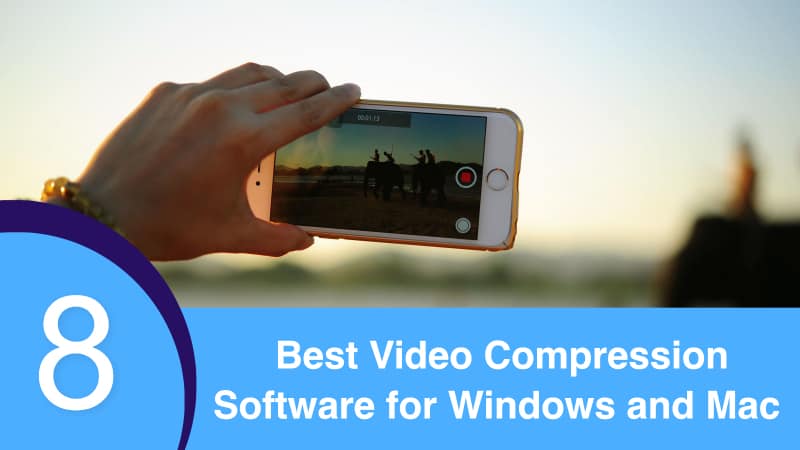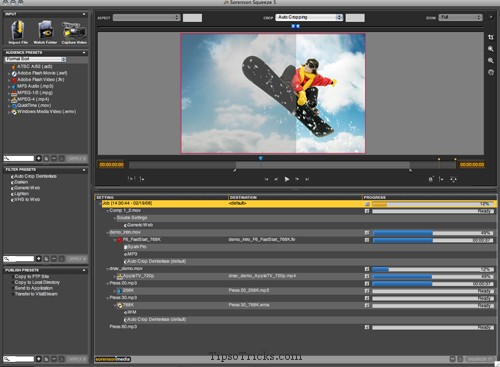

When the image is duplicated or saved, the quality degrades just a little bit.Compression algorithms are applied to the image that reduce the file size but also affect its quality.They are considered “lossy.” This means two things: However, when it comes down to the details, JPGs are a tad lackluster. This means they load faster, which is great for your visitors and for SEO. They’re preferred by many due to the fact that they can apply heavy layers of compression (thus reducing file size dramatically) without a major effect on the end product. JPGs eliminate redundancies that tend to cause file size bloat.

The most commonly used image files online are those with the extension JPG. But before we get onto that, let’s start by taking a look at the file types you will typically use for images. There are several tools out there that can help you to automate the process. It can feel like a delicate dance balancing file size with image quality, but it doesn’t have to be. Without losing discernible quality, of course. Like images. If they do remember to include high-quality, thought-provoking images, they miss out on the opportunity to optimize these images for the best end-user experience. This means compressing those images so they load in a flash. Many bloggers put so much of their focus on writing up decent posts that they lose sight of some arguably essential details.


 0 kommentar(er)
0 kommentar(er)
